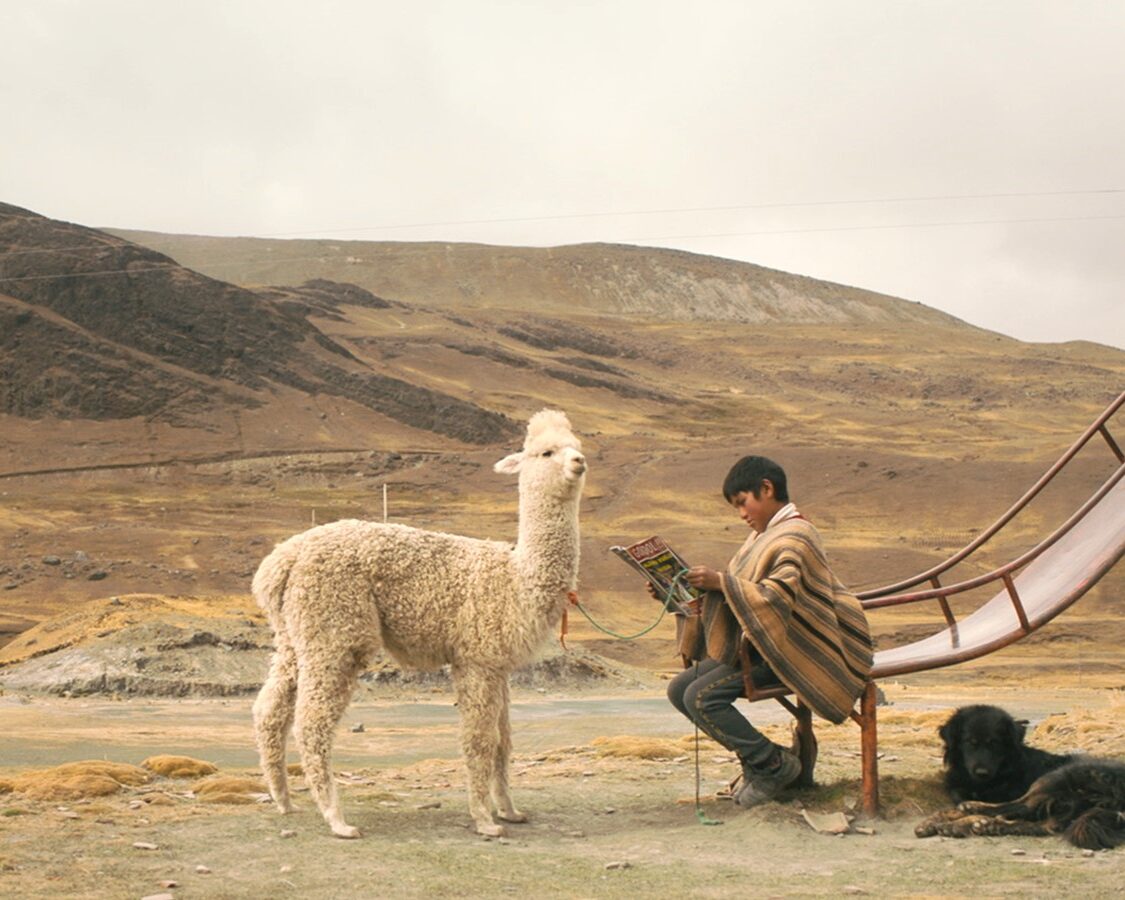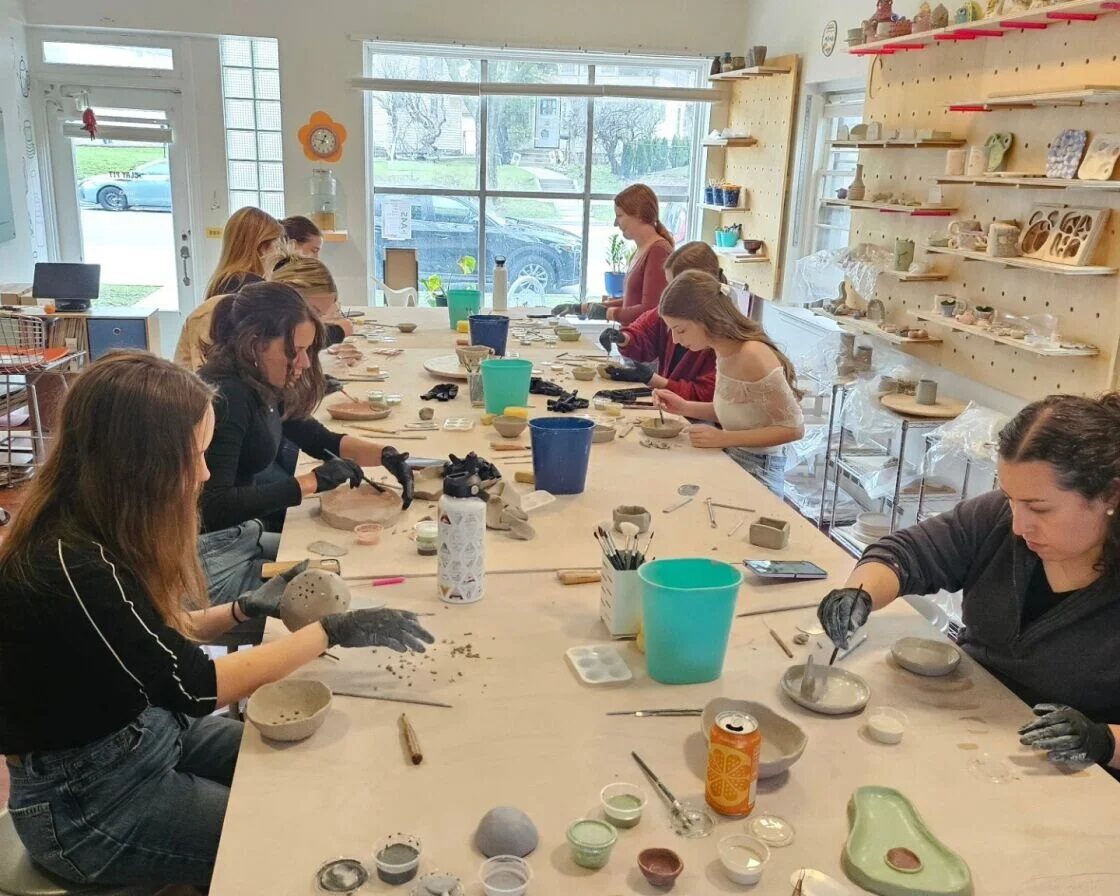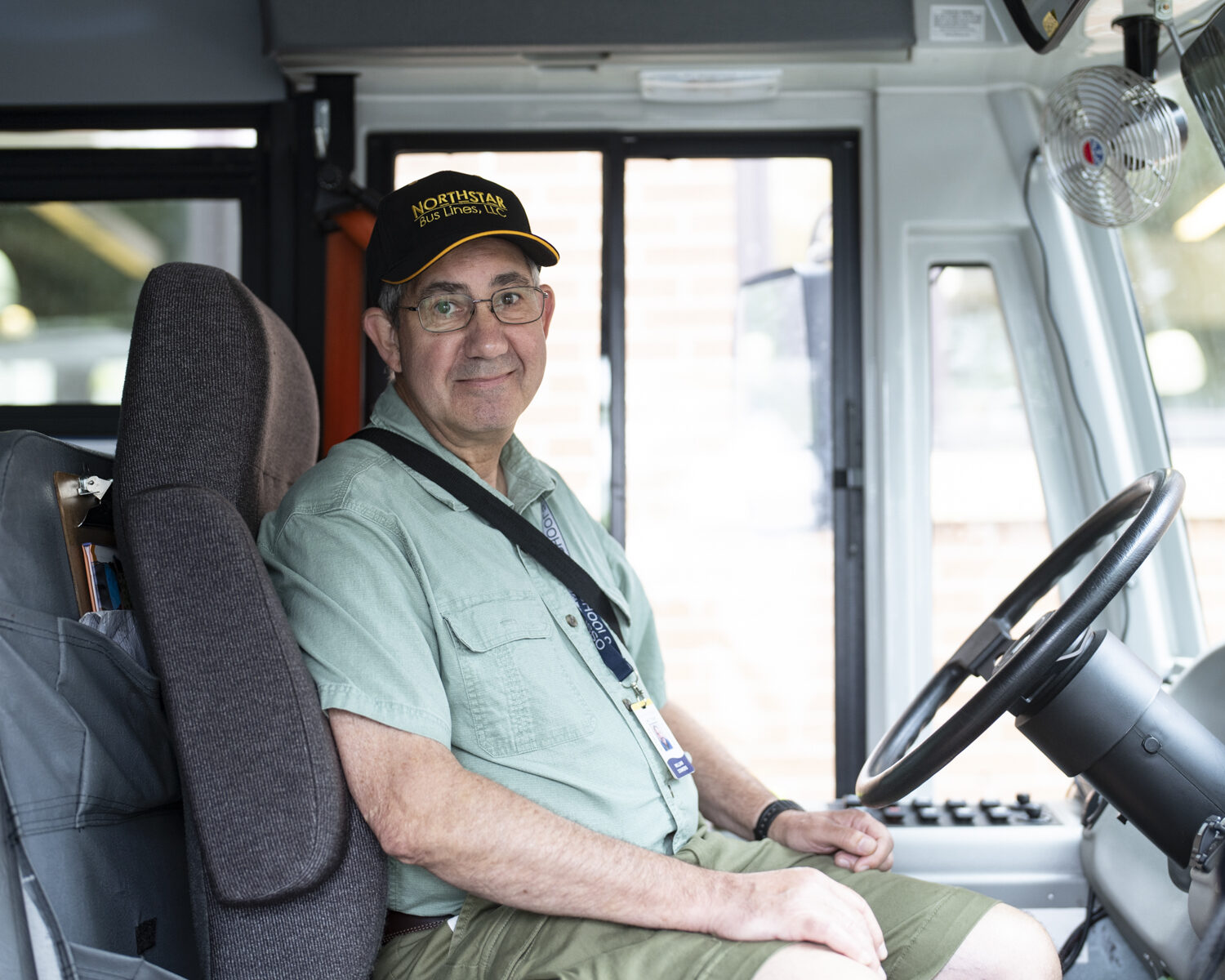My name is Jae Shin Cross and I’m mostly a videographer and painter. I eventually want to be a narrative filmmaker and I primarily try my hardest to only work with queer people or people of color, and to support them, and that’s my role as an activist. I’m 18 years old, I just graduated from Perpich, and now I go to the University of Minnesota and I’m majoring in art there.
SSP: When did you first get involved with art?
I went to Ramsey International Fine Arts Center, which sounds really fancy but it’s not, and we were all required to play an instrument and I think that’s really benefited me—I played violin and viola. Even though I probably wasn’t into it then I miss it a lot. That was my first interaction with art personally. But I’ve always grown up around artists because both of my parents are writers. My mom is a very well-known poet, so I realize now that I got to grow up around a lot of artists who were actually benefiting the community with their art, for example, Andrea Jenkins.
SSP: How were you first involved with activism?
My mom was adopted from Korea, and so all of her friends are Korean who work in the field of human resources and they all write about the issues with adoption. Every week we’d have a potluck where they’d all come and talk about racism and white privilege. So I grew up around really, really intelligent Korean women who are really prolific and efficient in stating their opinions. I grew up around a community that had no fear talking about these issues.
SSP: What do you think of your time at Perpich, outside of the technical aspects of becoming an artist.
My biggest memory with Perpich is the competition, I felt like I was always competing with my friends, who were mostly boys. I felt like I was always trying to catch up to them, and that they were winning things, going places, getting internships that I wasn’t, and it wasn’t until the end of senior year that I realized what I was doing was very different, and I shouldn’t compare myself to them, and I think we were able to learn from each other. Perpich is filled with the best people and the worst people, and they’re often the same person. There are only 300 kids so you know everyone affects you. I don’t miss Perpich, but I loved being there.
SSP: Which specific messages or movements do you want to convey with your art?
What’s inside my art is really not as important as who’s making the art. I make videos for Makenzie Monk (Shatter on SoundCloud)—they’re queer and I’ve known them for a couple of years—and recently a video for Riona Ryan, who is half Japanese. I feel really passionate about making art, and supporting artists who don’t always get their voice out, and that’s eventually what I want to do as an adult—make Hollywood films with people of color (POC) and queer people in them or POC queer people who have written the script, and highlight those people and win Oscars for and with them. To represent communities that I’m related to and actually showcase them and show that we can also win Oscars and we can also be on TV. So I have a specific style with my art, but it’s more about who is making it, who’s behind the camera, who’s dancing in the video. It’s about supporting POC and queer people making art without that being the defining factor of the art.
SSP: How do you see the community of young artists right now, and how do you see yourself within it?
I’m very happy that there are a lot of young artists getting really dedicated to making art, because I want more people to go to Perpich and grow as artists. But I do worry that kids with a lot of resources are using them in the wrong way. Kids who can afford to rent out spaces and stuff and spend a lot of money on their installations is awesome, but I think that they forget that a lot of people don’t have that privilege or are forced to make zines, vs making an entire film. Lots of kids out there want to get a message out but can’t afford the proper tools to actually say it. There are a lot of privileged artists within the youth arts scene, just like everywhere else. There are a lot of white male artists getting into the Whitney and the MOMA as opposed to Black Female artists who have better work and can’t afford to send it anywhere, and that happens still in the youth community.
SSP: Are there any projects you want to talk about?
Yes, me, Natalia Salinas, Mackenzie Monk and Chris Murphy are trying to start a collective, hopefully all queer, female or non-binary people. We all just quit the Desoplex collective, and hopefully I’ll be working with Maya Morales. I’d like to have a gallery setting and I have some new videos that I’ve made that I’d like to premier there.

























hahahahhahahahahahhahahahahahahha